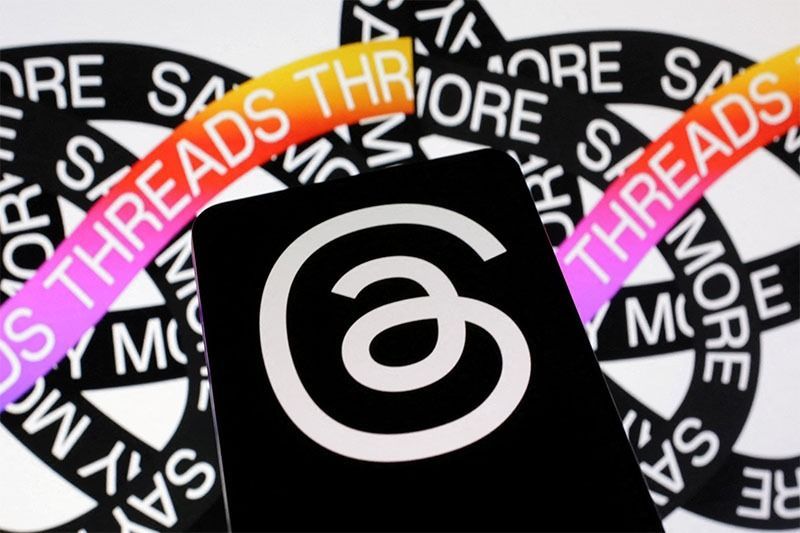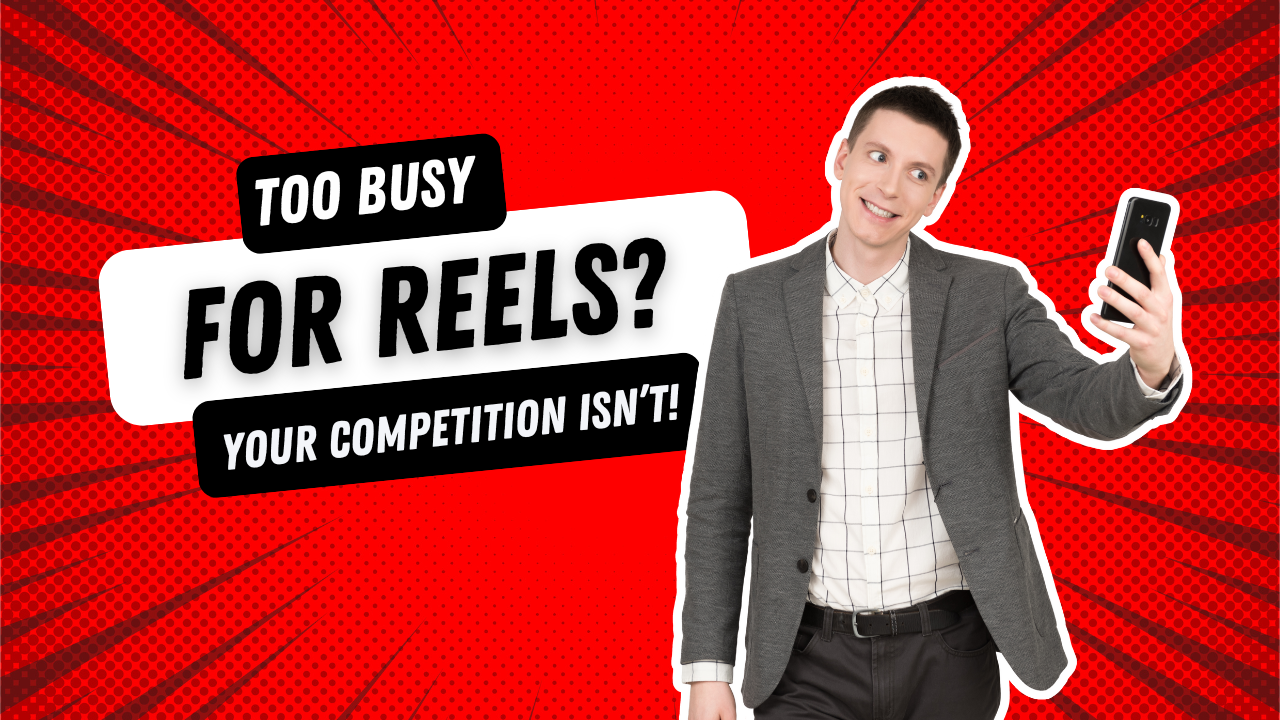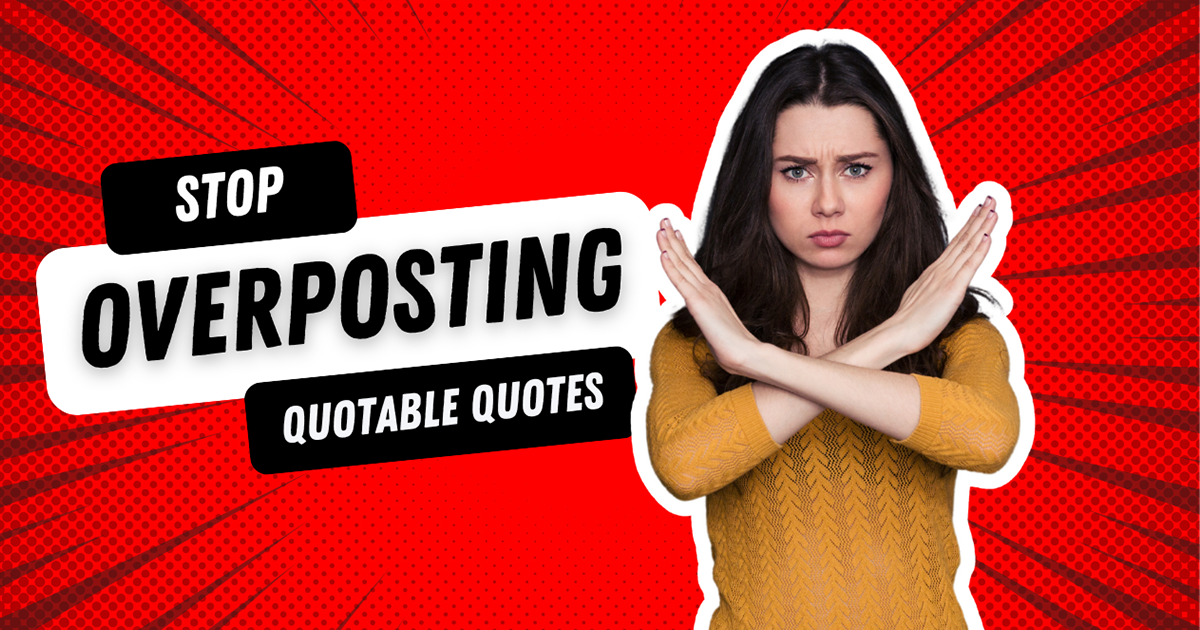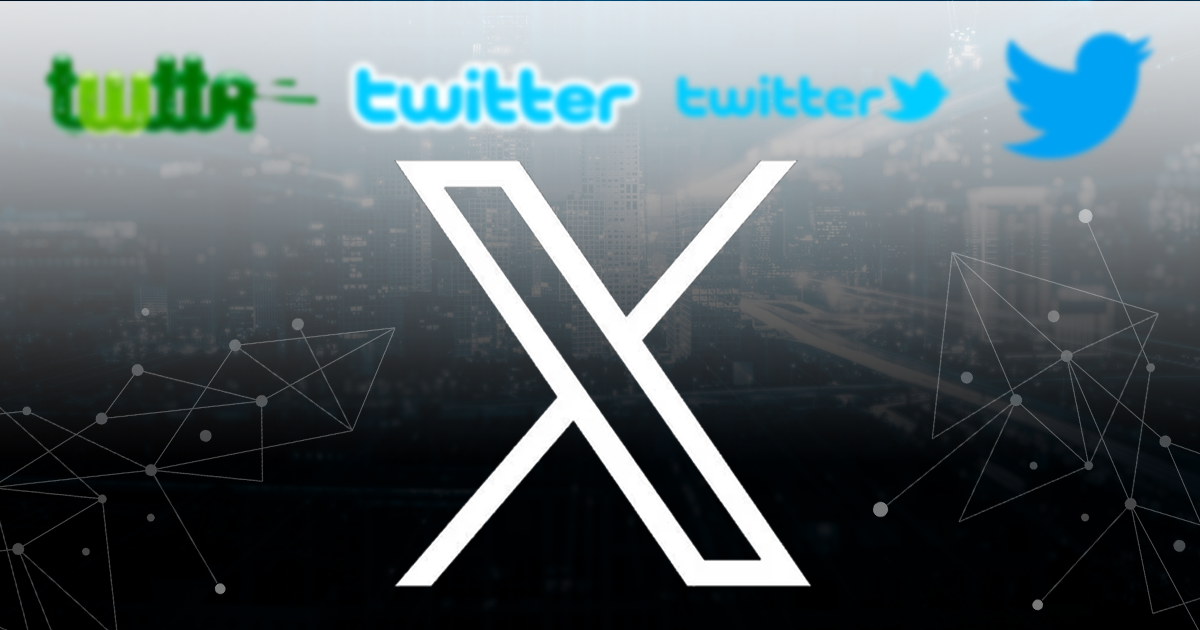Is AI Going to Take Away Jobs?
Let’s Break It Down.
We’ve all heard it—“AI is coming for our jobs.”
It's a headline that sparks fear and endless debate. But before we jump to conclusions, let’s look at what’s actually happening.
Yes, AI is changing things.
It’s true—AI is starting to handle some routine and time-consuming tasks. Think transcribing meeting notes, sorting large datasets, or scanning documents for patterns. But that doesn’t mean it's replacing humans across the board.
It’s more like this: AI is handling parts of jobs, not taking them away entirely.
Take artists, for example. When AI-generated art started trending, many feared human creativity would become obsolete. But in reality, artists are now using AI as a tool—speeding up their workflow, experimenting with styles, or turning rough ideas into polished concepts. The role of the artist is evolving, not disappearing.
And it’s opening doors too.
What people often forget is that AI is also creating new roles.
Jobs like AI trainers, machine learning experts, content editors for AI tools, and data ethics specialists didn’t exist a few years ago. Now, they’re in demand. Even outside the tech world, AI is helping people in marketing, healthcare, education, and design do more in less time.
So really, AI is reshaping jobs, not erasing them.
People still matter—a lot.
AI can write a paragraph or analyze a spreadsheet. But it can’t replace decision-making, strategic thinking, or human connection.
Roles in the workforce like admin professionals, project managers, and marketers still rely heavily on creativity, critical thinking, and adaptability.
AI can assist with tasks—like organizing data or generating content ideas—but it can’t lead a campaign, build relationships, or understand context the way people can.
In fact, AI is a great partner—helping us work smarter, not harder.
It’s all about adapting.
Yes, the workplace is shifting. But this doesn’t have to be scary. It’s a reminder to stay curious, keep learning, and adapt.
AI isn’t a threat—it’s a tool. The more we understand it, the more we can use it to our advantage.
So, is AI going to take away jobs?
The short answer: No.
AI isn’t here to steal jobs—it’s here to supercharge them. It takes care of the repetitive, time-consuming tasks, so skilled professionals like virtual assistants and creatives can focus on strategy, creativity, and what really moves the needle. It is there so we can focus on the things that actually need our brains, our creativity, and our heart.
The future isn’t man vs. machine. It’s man with machine. And that’s a pretty exciting place to be.









